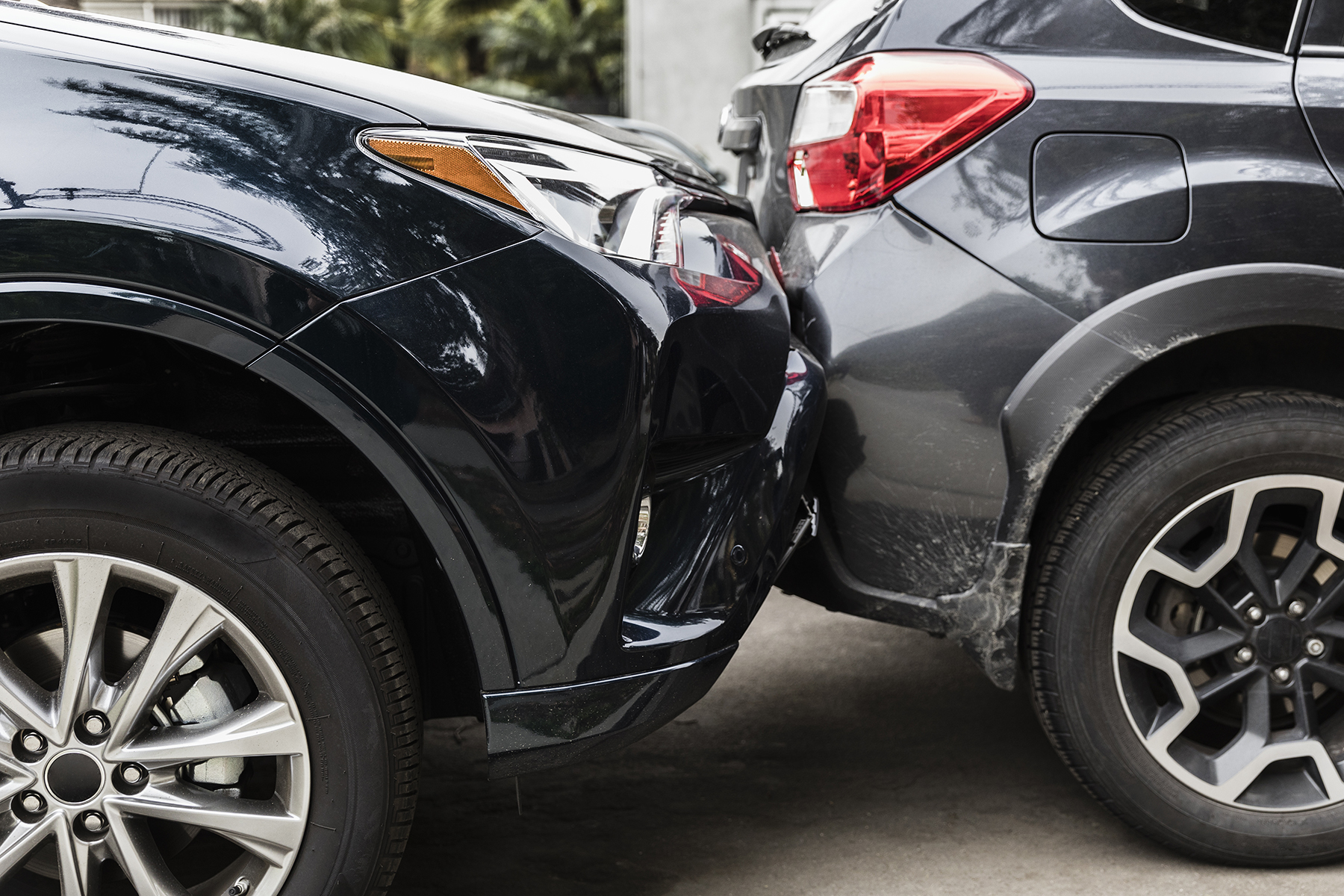Post-Accident Photos Allowed Into Evidence Without Expert Testimony in Illinois

(February 12, 2019) In Peach v. McGovern, 2019 IL 123156, the Illinois Supreme Court definitively established that post-accident photos will be allowed into evidence without accompanying expert witness testimony.
Over the last 15 years, plaintiffs have successfully barred post-accident photos of vehicles absent expert witness testimony establishing that said photos and the plaintiffs' injuries are linked. This has created an indirect benefit for biomechanical experts who are increasingly retained to offer opinions in low-impact, low damage cases where plaintiff do not want photos shown to the jury. This has also increased defense costs for trial as well as affected the decision-making of claims professionals balancing litigation costs in low-impact cases.
The genesis of this traces back to DiCosola v. Bowman, 342 Ill. App. 3d 530 (1st Dist. 2003) where the First District upheld a trial court's decision to bar post-accident photographs of a motor vehicle showing minimal damage as not relevant where there was no expert testimony opining that there was a correlation between the damage to the vehicle and the plaintiff’s injuries.
In affirming the trial court's decision excluding evidence of the minimal damage to the plaintiff's vehicle, the First District created a new requirement of expert testimony as a prerequisite for admitting such photographic evidence. The decision effectively created an extra hurdle and expense for defendants seeking to argue that claimed personal injuries were not caused by minimal impact events.
However, in Peach, the Illinois Supreme Court explicitly rejected this evidentiary requirement and overturned DiCosola. The Court observed that the key question as to the admissibility of vehicular photographs is “whether the jury can properly relate the vehicular damage depicted in the photos to the injury without the aid of an expert.”
The Court stated that post-accident photographs, just like witness testimony describing an accident, are relevant to the issues of proximate cause and injury. Neither the photos nor the testimony need necessarily prove or disprove a particular medical condition in order to be admissible, the Court said: “Complete certainty is not required for admissibility. An item of evidence being a single link in a chain of proof, need not prove conclusively the proposition for which it is offered . . . It is enough if the item could reasonably show that a fact is slightly more probable than it would appear without the evidence.”
If a jury is allowed to consider relevant testimony about vehicle speed and impact forces, a jury should be permitted to consider photographs that depict the damage, or lack thereof, done to the vehicles. These are traditionally things jurors can understand and experts have not been needed to supplement witness descriptions of events. This change will place the jury in the position of having to evaluate vehicle accident cases and the credibility of witnesses based upon the facts testified to and demonstrated by the photographs, without the need for additional expert testimony.
This ruling is also a benefit to the defense bar, as it will decrease the necessity of retaining biomechanical or other experts solely for the purpose of establishing a foundation for the admission of photos. Consequently, this will likely embolden defendants contesting causation in low-impact accidents and reduce the value of soft tissue injuries in light of lower legal costs.
For more information on this decision, visit our General Liability Practice page to find an attorney in your area, and sign up to receive future alerts.
Author:
Ronald W. Payne, Partner
Editor:
Joelle Nelson, Partner
